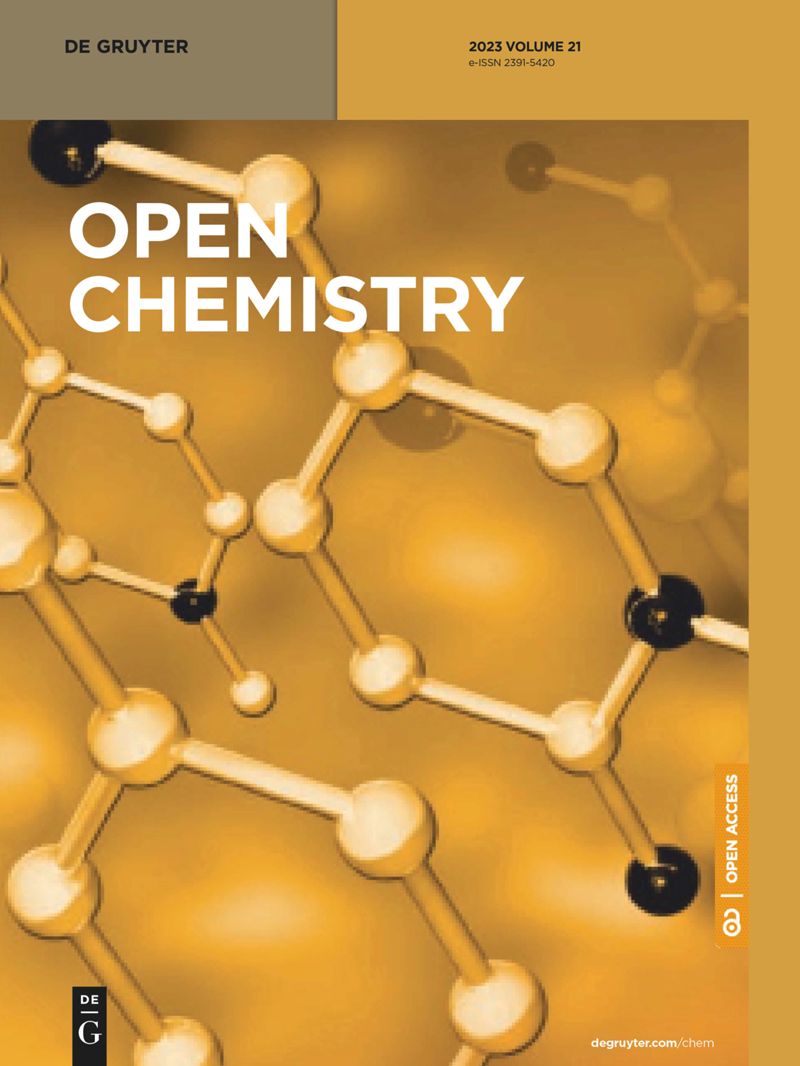Development of AMBER-compliant transferable force field parameters for polytetrafluoroethylene
IF 1.9
4区 化学
Q3 CHEMISTRY, MULTIDISCIPLINARY
引用次数: 0
Abstract
New transferable parameters for polytetrafluoroethylene (PTFE) compatible with the Assisted Model Building with Energy Refinement (AMBER) force field were developed by including many conformational states to improve accuracy. The Austin–Frisch–Petersson functional with dispersion hybrid density functional theory, advantageous for treating dispersion, was used to obtain quantum mechanical reference data. The restrained electrostatic potential method was used to compute the partial charges. The bonds, angles, and dihedral parameters were obtained via Paramfit software fitted to quantum mechanical data. The optimization of van der Waals parameters was obtained in the condensed phase through molecular dynamics simulations and the simplex method. These parameters were transferred to various molecular weights of PTFE assembly systems to calculate the density, radial distribution functions, power spectrum, and specific heat capacity. The highest percent error in density was 1.4% for the modeled PTFE ensembles. The calculated vibrational spectrum peaks closely matched experimental peaks with a maximum wavenumber deviation of 19 cm⁻¹. The highest percent error to specific heat capacity was 5%. These results represent a significant improvement over pre-existing potentials in the literature and provide parameters that can be used to model PTFE in many existing simulation codes.开发符合 AMBER 标准的聚四氟乙烯可转移力场参数
通过纳入多种构象状态以提高准确性,为聚四氟乙烯(PTFE)开发了与 "能量细化辅助建模(AMBER)力场 "兼容的新的可转移参数。使用奥斯汀-弗里施-彼得森泛函与弥散混合密度泛函理论获得量子力学参考数据,该理论在处理弥散方面具有优势。采用约束静电位法计算部分电荷。通过与量子力学数据拟合的 Paramfit 软件获得了键、角和二面参数。范德华参数的优化是在凝聚相中通过分子动力学模拟和单纯形法获得的。这些参数被转移到不同分子量的聚四氟乙烯组装系统中,以计算密度、径向分布函数、功率谱和比热容。对于建模的聚四氟乙烯集合体,密度的最大误差为 1.4%。计算出的振动光谱峰值与实验峰值非常吻合,最大文波数偏差为 19 cm-¹。比热容的最大误差为 5%。与文献中已有的电位相比,这些结果是一个重大改进,并提供了可用于在许多现有模拟代码中对 PTFE 进行建模的参数。
本文章由计算机程序翻译,如有差异,请以英文原文为准。
求助全文
约1分钟内获得全文
求助全文
来源期刊

Open Chemistry
CHEMISTRY, MULTIDISCIPLINARY-
CiteScore
3.80
自引率
4.30%
发文量
90
审稿时长
6 weeks
期刊介绍:
Open Chemistry is a peer-reviewed, open access journal that publishes original research, reviews and short communications in the fields of chemistry in an ongoing way. The central goal is to provide a hub for researchers working across all subjects to present their discoveries, and to be a forum for the discussion of the important issues in the field. The journal is the premier source for cutting edge research in fundamental chemistry and it provides high quality peer review services for its authors across the world. Moreover, it allows for libraries everywhere to avoid subscribing to multiple local publications, and to receive instead all the necessary chemistry research from a single source available to the entire scientific community.
 求助内容:
求助内容: 应助结果提醒方式:
应助结果提醒方式:


